Filter News
Area of Research
- (-) Materials (24)
- Advanced Manufacturing (3)
- Biological Systems (3)
- Building Technologies (2)
- Chemistry and Physics at Interfaces (3)
- Clean Energy (24)
- Energy Frontier Research Centers (4)
- Functional Materials for Energy (3)
- Geographic Information Science and Technology (1)
- Isotope Development and Production (1)
- Materials Synthesis from Atoms to Systems (2)
- Materials Under Extremes (3)
- Neutron Science (2)
- Nuclear Science and Technology (3)
- Quantum Condensed Matter (1)
- Reactor Technology (1)
- Supercomputing (7)
- Transportation Systems (2)
News Type
News Topics
Media Contacts
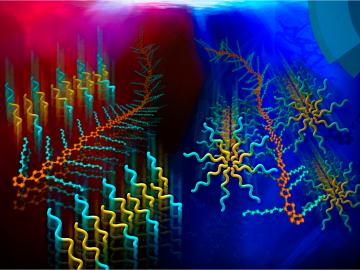
The efficiency of solar cells depends on precise engineering of polymers that assemble into films 1,000 times thinner than a human hair.
Today, formation of that polymer assembly requires solvents that can harm the environment, but scientists at the Department of En...

Some of the 300 million tires discarded each year in the United States alone could be used in supercapacitors for vehicles and the electric grid using a technology developed at the Department of Energy’s Oak Ridge National Laboratory and Drexel University.
By em...
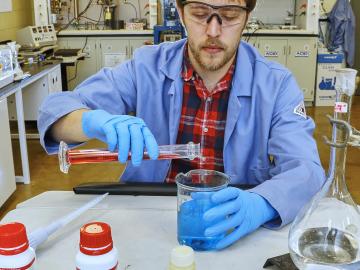
A catalyst being developed by researchers at the Department of Energy’s Oak Ridge National Laboratory could overcome one of the key obstacles still preventing automobile engines from running more cleanly and efficiently. The mixed oxide catalyst could solve the ...
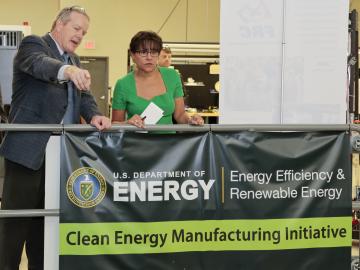
Secretary of Commerce Penny Pritzker visited the new Institute for Advanced Composites Manufacturing Innovation (IACMI) at Oak Ridge National Laboratory’s Manufacturing Demonstration Facility, praising the advances in manufacturing technology taking place in East T...
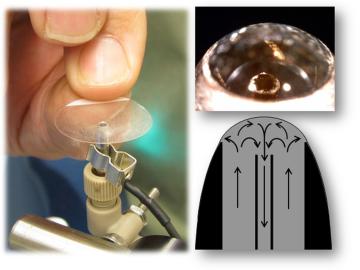
In mere seconds, a system developed at the Department of Energy’s Oak Ridge National Laboratory can identify and characterize a solid or liquid sample, providing a valuable tool with applications in material science, forensics, pharmaceuticals, biology and chemistry.

A new technology developed by the U.S. Department of Energy’s Critical Materials Institute that aids in the recycling, recovery and extraction of rare earth minerals has been licensed to U.S. Rare Earths, Inc.
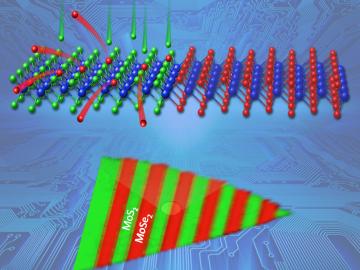
Semiconductors, metals and insulators must be integrated to make the transistors that are the electronic building blocks of your smartphone, computer and other microchip-enabled devices. Today’s transistors are miniscule—a mere 10 nanometers wide—and forme...

Researchers at the Department of Energy’s Oak Ridge National Laboratory have developed a new method to manipulate a wide range of materials and their behavior using only a handful of helium ions.
The team’s technique, published in Physical Review Letter...

It took marine sponges millions of years to perfect their spike-like structures, but research mimicking these formations may soon alter how industrial coatings and 3-D printed objects are produced.

The probe of an atomic force microscope (AFM) scans a surface to reveal details at a resolution 1,000 times greater than that of an optical microscope. That makes AFM the premier tool for analyzing physical features, but it cannot tell scientists anything about chemistry. For that they turn to the mass spectrometer (MS).




